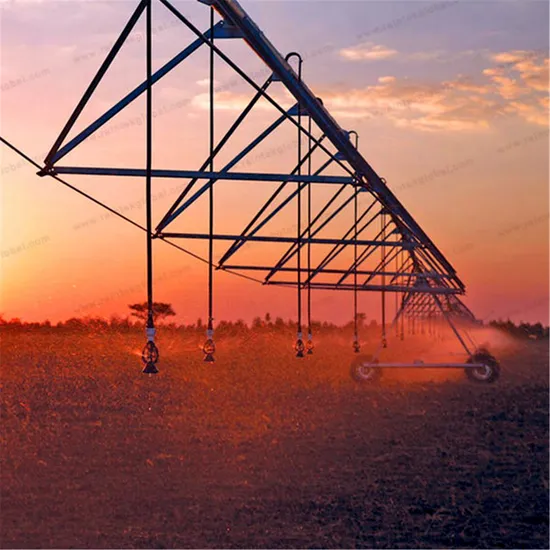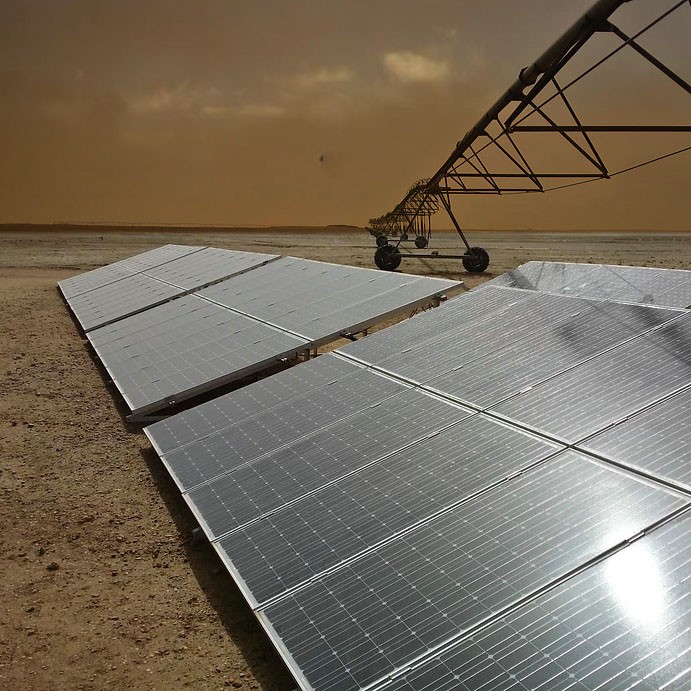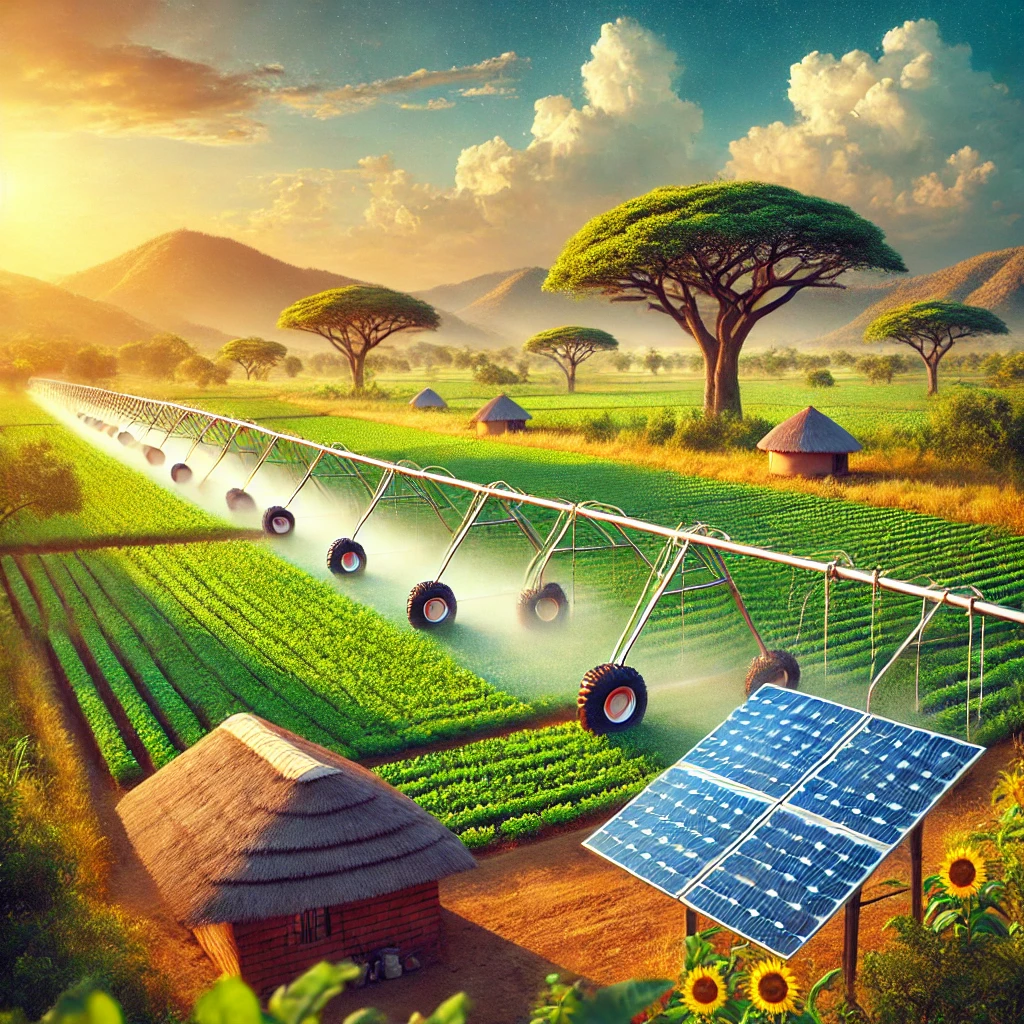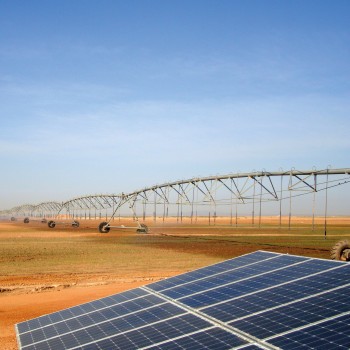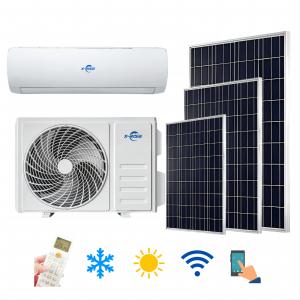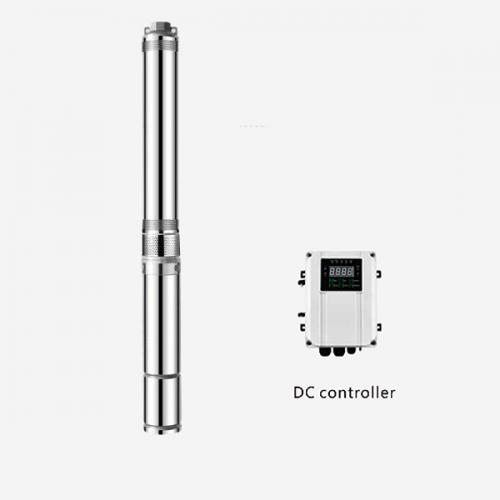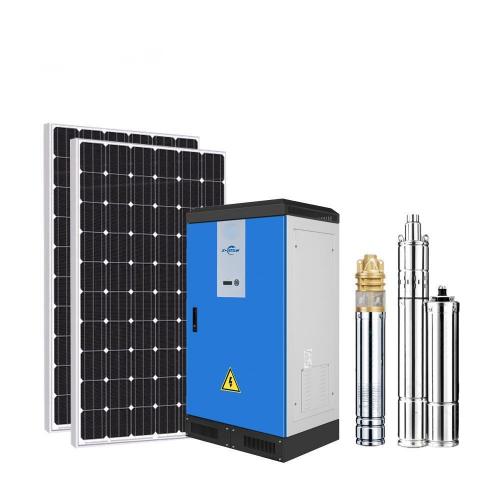System Introduction(Solar sprinkler irrigation system)
Solar center rotary sprinkler system is an efficient solution combining solar technology and modern agricultural irrigation, which is mainly used for irrigation of large areas of farmland.
Environmental protection and energy saving: The use of solar energy to drive irrigation systems does not rely on traditional energy sources (such as power grids or fuel), reducing the consumption of fossil fuels and environmental pollution.
Reduced operating costs: The system has virtually no fuel costs in long-term operation, reducing electricity or diesel bills and reducing farmers' operating costs.
Strong adaptability: suitable for areas with unstable power supply, especially in remote villages, arid areas and poor areas, it can provide a reliable source of energy for agricultural irrigation.
Automation and intelligence: Modern photovoltaic sprinkler irrigation systems are often equipped with intelligent control systems that can automatically adjust irrigation schemes according to meteorological data and soil moisture to ensure efficient use of water resources.
Easy installation and maintenance: Photovoltaic modules and sprinkler irrigation systems are relatively simple to maintain, providing a stable and reliable irrigation service.
Application scenarios
Dry areas: In areas where water is scarce, photovoltaic sprinkler irrigation systems can provide continuous irrigation water.
Remote areas: For remote areas without a stable power grid supply, photovoltaic sprinkler irrigation systems are an ideal solution.
Fields and orchards: In agricultural production, especially for crops requiring precise irrigation (such as trees, vegetables, flowers, etc.), photovoltaic sprinkler irrigation systems can provide accurate and efficient water management.
Photovoltaic sprinkler irrigation system not only improves the efficiency of agricultural irrigation, reduces the waste of water resources, but also promotes the development of sustainable agriculture.
The following is a description of the core structure and working principle of the system:
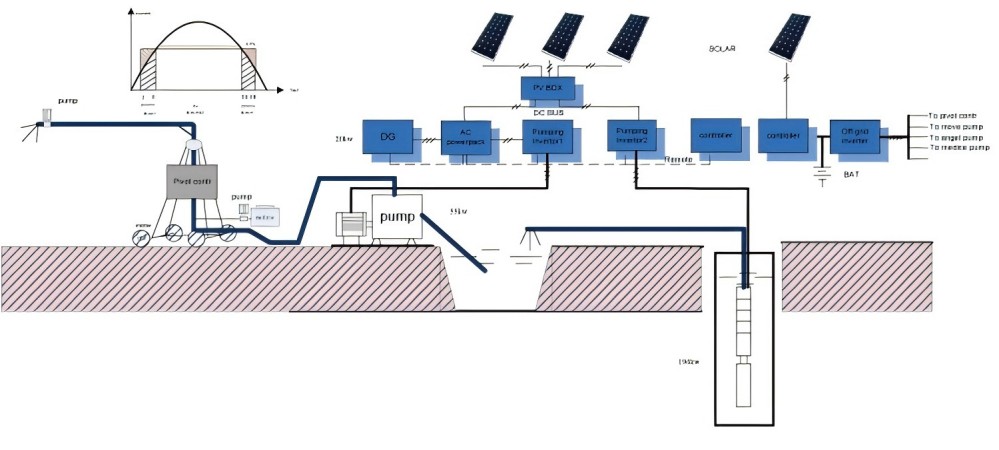
System composition
Solar Panel:
Located on the ground or on an elevated platform, it is used to convert solar energy into direct current electricity.
The design can meet the power requirement of sprinkler irrigation system operation.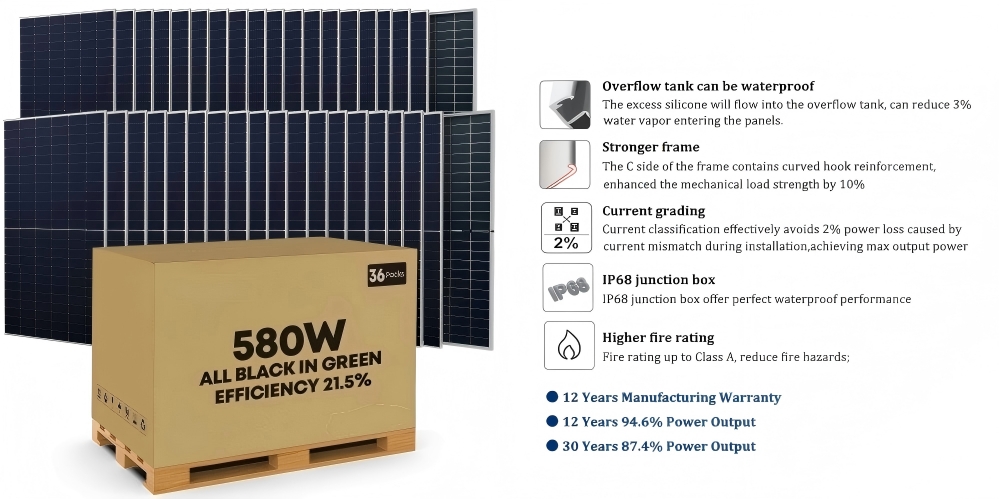
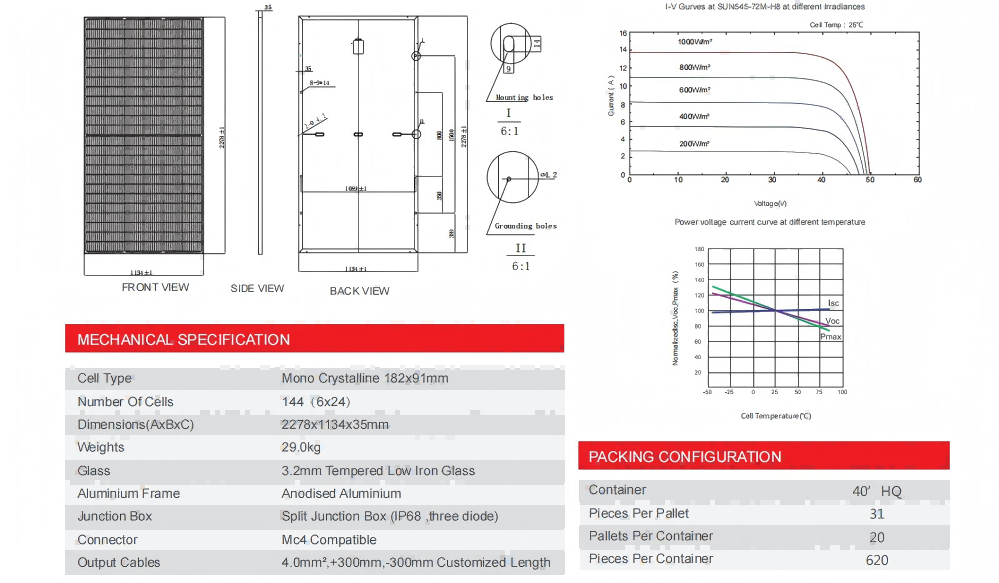
Controllers and inverters:
Controller: regulates the output of the solar panel, protects the battery and load equipment.
Inverter: Converts direct current into alternating current to drive the motor and pump of the sprinkler irrigation system.
Energy storage unit (optional):the energy storage system as backup to provide the energy for sprinkler machine in the evening or cloudy day so that make sure the system can work all the time in the day.Providing the 3-50kw solar hybrid inverter,include single phase and three phase solar hybrid inverter can match the motor of pumps and sprinkler machines.
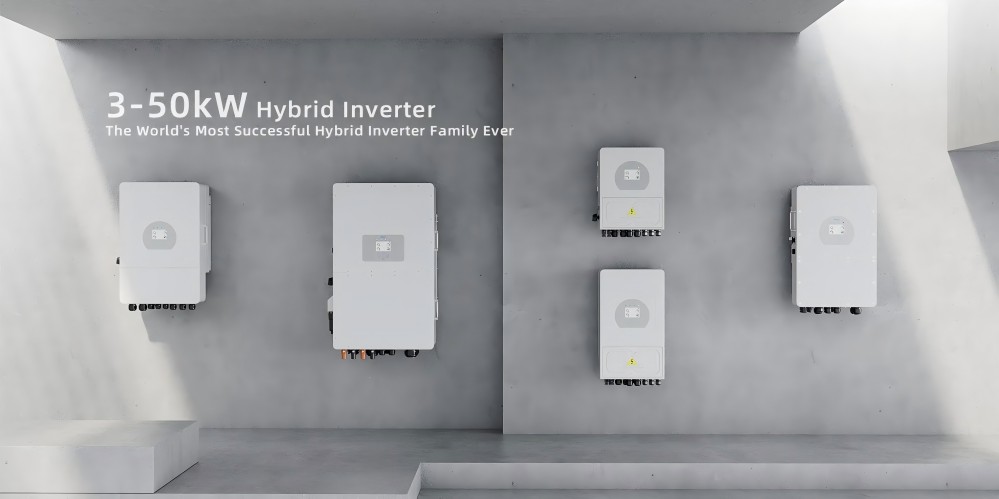
Lithium Battery:Equipped with batteries to store excess solar energy to support irrigation needs at night or in rainy weather.In some sprinkler scenarios,the machine need to irrigate in the evening, so providing the lithium battery as backup to make the system can work normally in the evening.
Give the 7.5kwh/10kwh/15kwh/40kwh types for optional outside use.
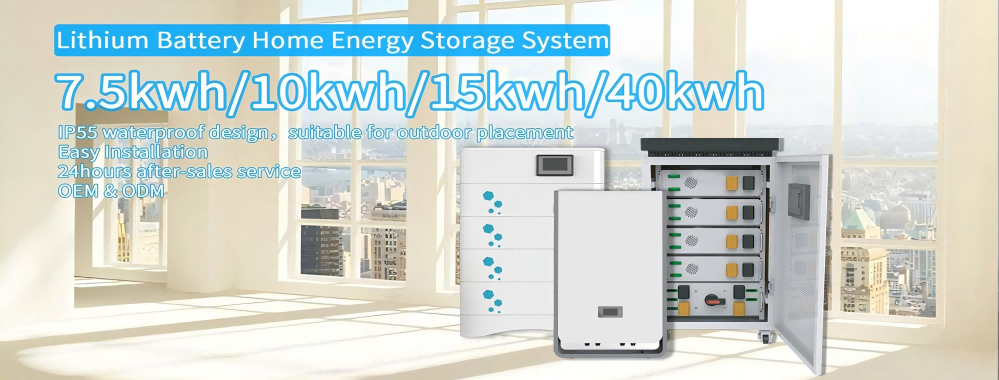
Pumps and pipes:
The water is pumped by an electric pump to the main pipe of the central rotary sprinkler system.
The central pipeline is connected with multiple nozzles through the support arm, and the water flow is evenly distributed to the field under the action of pressure.

Center rotation structure:
With the fixed center as the axis, the support arm rotates to cover the entire irrigation area.
The arm is usually equipped with multiple efficient sprinkler heads, and the coverage can be adjusted according to the length of the arm.
Field sensor (optional):
Monitor soil moisture, temperature and weather conditions and provide intelligent irrigation advice.

Working principle
1.Energy supply
During the day, photovoltaic modules collect solar energy and supply water pumps and rotary sprinkler systems. Excess power can be stored in a battery.
2.Flow distribution
The pump draws water from an underground well or reservoir and pipes it to a rotary sprinkler system.
3.Automatic control
The amount and timing of sprinkler irrigation can be adjusted according to crop needs, weather and soil conditions through an intelligent controller.,
4,Rotating covering
The arms rotate slowly around the center point and use the sprinkler to evenly distribute water to the field to achieve large-scale irrigation


